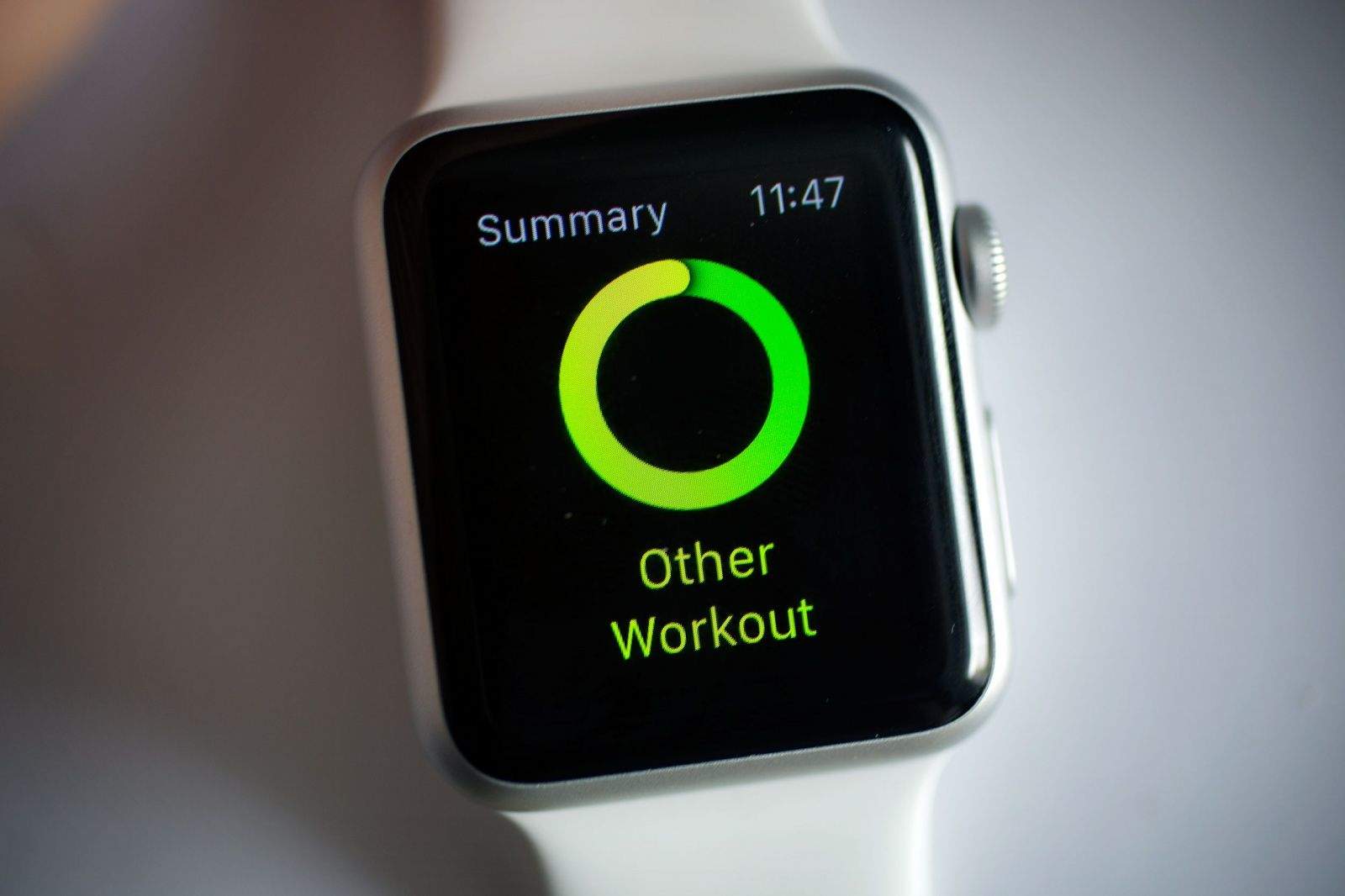Apple’s approach to fitness is all about cardio and burning calories.
That’s great if you’re into running or cycling. But for other kinds of exercise, like bodybuilding or yoga, it’s not relevant at all. And if you want to lose weight, cutting the calories you eat is usually more important than burning calories through exercise.
So why does Apple Watch focus exclusively on cardio, and what does this means for people using one to get in shape?
You can’t get in shape just by doing cardio
Apple Watch encourages you to be more active, but will this help you lose weight? While Apple doesn’t promote its smartwatch as a weight-loss device, this is many people’s primary fitness goal.
It’s true that the more active you are, the more calories you burn. But if you regularly overeat, exercise alone will probably not be enough to burn off all those excess calories. To reduce your body fat, you may need to make changes to your diet as well. Third-party diet tracker apps can help with this.
Getting in shape for most people also means increasing muscle size, and this requires weight-resistance exercise rather than cardio.
So why do cardio at all?
The cardio craze took off in the ’70s, when Bill Bowerman introduced America to jogging as a recreational activity. It got even bigger in the ’80s, when Jane Fonda promoted “aerobics,” with its shiny leotards and sweatbands.
Cardio, also known as “aerobic exercise,” is defined as any kind of exercise sustained at a light-to-moderate intensity over several minutes or more. Like brisk walking, jogging or cycling.
You get a variety of benefits from doing cardio, including making your heart and bones strong, relieving stress, helping your insulin work better and improving blood flow. And, of course, it burns calories.
But fitness trends come and go. These days, gym-goers tend to scorn cardio, arguing that it’s just a way to “lose gains”. They don’t want to get skinny, they want to get buff. A surplus of calories is required to build muscle mass, so the last thing they want to do is burn calories.
“Other” kinds of exercise
Apple Watch uses its accelerometer and GPS to measure your movement during the day. This, combined with the built-in heart-rate sensor, is ideal for logging cardio activity. But it doesn’t tell us much about other aspects of fitness, like strength, power and flexibility.
This causes some confusion. For example, reviews of Apple Watch have suggested that the Workout app’s “Other” setting could be used to estimate calories burned from weightlifting or yoga sessions.
But weightlifting is about strength, measured by how much you lift in pounds or kilos. And yoga builds strength, flexibility and spiritual wellbeing. None of which can be counted in calories.
Apple Watch only measures workouts in duration, distance, heart rate and calories, which provides a narrow perspective on fitness and simply isn’t relevant to the kinds of workouts many people do these days.
Cardio is at the heart of HealthKit
This focus on cardio is not just due to the limitations of Apple Watch’s sensors. It’s also built into Apple’s HealthKit framework, which lets third-party health and fitness apps share data with the Health app and with each other.
The HealthKit framework supports more than 50 workout activity types, including yoga and strength training. But regardless of which workout activity a developer specifies, the only details an app can log are duration, distance and calories burned.
Sound familiar?
The problem here is that it would be almost impossible for Apple to provide a standardized framework for every kind of workout activity — it’s just too complex.
For example, there are many of styles of yoga, each with its own unique poses and techniques. In weightlifting, people are always coming up with new exercises. And strength and conditioning techniques vary from one sport to another.
As a result, Apple concentrates on one area: cardio, which has relatively simple and standardized details that need to be logged.
Quality, not just quantity
This focus on cardio and calories is not unique to Apple Watch. Other fitness trackers are similar in this respect.
I believe the perfect fitness tracker would measure the quality of your movement, not just the quantity. And Apple have already made some steps in this direction with the introduction of the barometer in iPhone 6 that can measure how many stairs you climb.
But there is still more that could be done. To provide a more comprehensive view of a user’s fitness, strength and flexibility should also be tracked.
Strength is potentially a forth ring that could be added to the Activity app, measured not only during structured exercise sessions, but in every day life situations where you encounter weight resistance, like carrying shopping bags or pushing a stroller. (Whether this is possible using the sensors in a smartwatch, however, I don’t know).
In the meantime, as I’ve previously argued, Apple Watch is great for people who are serious about getting fit and enjoy cardio activities like running or cycling. Alternatively, if your fitness goals include weight loss or increasing muscle mass, there are a growing number of 3rd party watch apps that can help.


